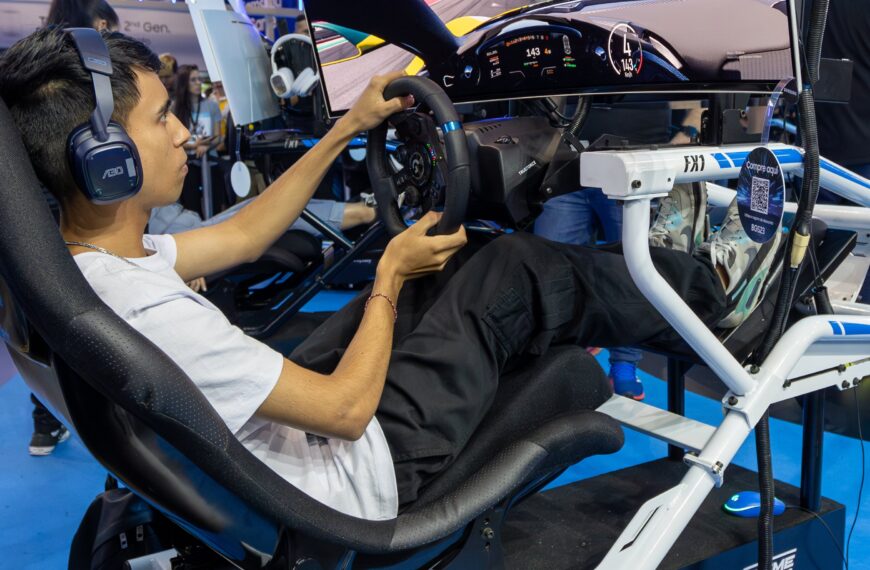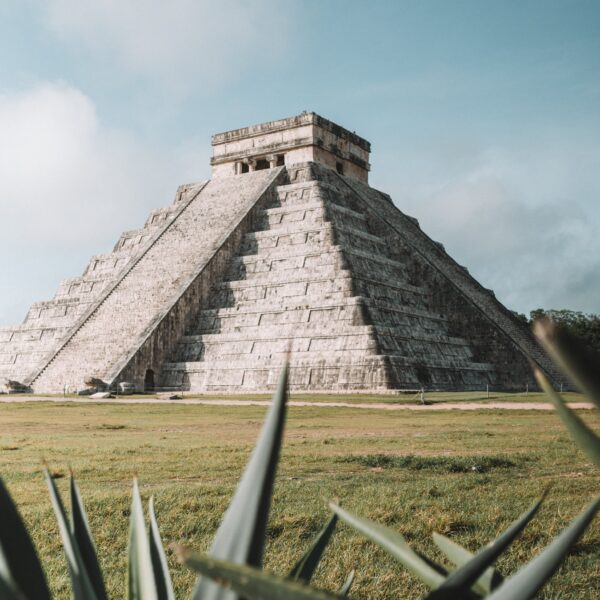The article delves into the concept of “push your luck” in board game mechanics. It distinguishes push your luck from pure luck by emphasizing the decision-making process involved in continuing or stopping to collect already gained rewards. Dice-chucking games like Can’t Stop and Zombie Dice serve as notable examples. However, push your luck mechanics can also be implemented without the use of dice, as evidenced by games like Quacks of Quedlinburg and Pandemic. Furthermore, games such as King of Indecision and Kingdom’s Candy: Monsters showcase the diverse ways in which push your luck mechanics can be incorporated. Ultimately, the choice to continue or stop in push your luck games creates a tense and difficult decision for players, making them captivating and engaging experiences.

What is ‘Push Your Luck’ in Board Game Mechanics
Push Your Luck is a mechanic commonly found in board games that adds an element of risk and excitement to the gameplay. It involves making a decision to either continue taking a chance or to stop and collect what has already been gained. This mechanic is often seen in games where players have limited control over the outcome and must rely on luck.
In Push Your Luck games, players are faced with a dilemma: should they keep pressing their luck and potentially gain more rewards, or should they play it safe and stop to secure what they have already acquired? This decision is crucial, as going too far can result in losing everything, while stopping too soon may leave players with a sense of missed opportunities.
Distinguishing ‘Push Your Luck’ from Pure Luck
While Push Your Luck games heavily rely on luck, they are distinct from games that solely depend on chance. In pure luck games, players have no agency or control over the outcome of their actions. The results are entirely random, and players merely observe the unfolding events without any decision-making process.
On the other hand, Push Your Luck mechanics provide players with an opportunity to make choices that can influence the outcome. They must carefully weigh the potential risks and rewards, making strategic decisions based on the information available to them. This interactive element adds depth and engagement to the gameplay, offering players both excitement and a sense of agency.

Examples of Push Your Luck Games with Dice-Chucking Mechanics
There are numerous examples of Push Your Luck games that incorporate dice-chucking mechanics to ramp up the tension and uncertainty. Let’s explore two popular examples:
Can’t Stop
Can’t Stop is a classic push-your-luck game where players roll dice and strategically advance their pieces on a track. On each turn, players have the choice to roll again or stop and secure their progress. By rolling additional dice, they hope to advance further but risk losing their entire turn if they fail to progress. The game keeps players on the edge of their seats as they constantly evaluate the odds and decide whether to push their luck or settle for their current position.
Zombie Dice
Zombie Dice is a fast-paced, dice-rolling game that puts players in the shoes of zombies hungry for brains. With each roll of the dice, players attempt to collect as many brains as they can. However, they must also contend with the threat of shotgun blasts, which can abruptly end their turn and deny them any brains gathered so far. The game captures the essence of Push Your Luck mechanics by challenging players to decide when to keep rolling for more brains and when to play it safe and stop before the inevitable shotgun blast.
Push Your Luck Games without Dice
While dice-chucking mechanics are frequently used in Push Your Luck games, the genre extends beyond dice-focused gameplay. Here are two examples of Push Your Luck games that do not rely on dice:
Quacks of Quedlinburg
Quacks of Quedlinburg is a board game where players assume the role of quack doctors concocting dubious potions. Throughout the game, players draw ingredient tokens from a bag and add them to their potion cauldrons. The more ingredients they draw, the more powerful their potion becomes. However, there is a catch – if they draw too many cherry bombs, their potion will explode, resulting in a disastrous outcome. The game forces players to balance their desire for more potent potions with the risk of failure, creating a constant push-your-luck tension.
Pandemic
Pandemic is a cooperative game where players work together to contain the outbreak of deadly diseases. Although it is primarily a strategy game, it also incorporates elements of push-your-luck mechanics. Players must decide whether to spend their actions on curing diseases or taking risks to mitigate imminent threats. For example, they can push their luck by attempting to eradicate a disease with limited resources, potentially achieving a significant triumph. However, failing to do so may result in catastrophic consequences for the entire team. The game masterfully blends strategic decision-making with push-your-luck elements to create a compelling and suspenseful experience.

Incorporating Push Your Luck Mechanics in Different Ways
Push Your Luck mechanics can be implemented in various ways to add complexity, strategic depth, and tension to board games. Here are two examples of games that incorporate this mechanic in unique ways:
King of Indecision
King of Indecision is a game that revolves around the theme of uncertainty and the struggle for power. Players must navigate a treacherous political landscape, where making decisions can be costly. The game introduces cards with various options, each offering a different outcome. Players face a constant push-your-luck dilemma as they weigh the potential consequences of their choices. They can opt for safe and predictable paths or gamble on riskier decisions in hopes of gaining an edge. The game cleverly utilizes push-your-luck mechanics to mirror the uncertainties and complexities of real-life decision-making.
Kingdom’s Candy: Monsters
In Kingdom’s Candy: Monsters, players take on the role of candy-loving monsters competing for the most delicious treats in the kingdom. They navigate a modular game board, encountering various treats along the way. Each treat card presents a different opportunity, such as gaining points or acquiring special abilities. However, players must make a push-your-luck decision when encountering a treat. They can either draw another card, hoping for a better outcome, or choose to settle for what they have already obtained. The game challenges players to balance their greed for more rewards with the risk of losing everything, creating a thrilling and strategic experience.
Creating Tension and Difficult Decisions
Push Your Luck mechanics serve to create tension and difficult decisions for players in board games. The simple yet compelling choice of whether to continue or stop often leads to heart-pounding moments and exhilarating gameplay. By introducing elements of chance and risk, push-your-luck games offer a unique balance of calculated decision-making and thrilling unpredictability.
Incan Gold is another prime example of a push-your-luck game that masterfully incorporates the tension and importance of decision-making. Players explore an ancient temple, encountering both valuable treasures and dangerous traps. They must weigh the risks and rewards with each step deeper into the temple. The further they progress, the more valuable the treasures become, but the likelihood of encountering deadly traps also increases. This constant push your luck dilemma keeps players engaged and forces them to carefully consider the consequences of their choices.
In conclusion, Push Your Luck mechanics add excitement, tension, and strategic depth to board games. Whether through dice-chucking mechanics or alternative approaches, these games require players to make calculated decisions and face the consequences of pushing their luck. By offering a delicate balance between risk and reward, push your luck games create memorable experiences that keep players coming back for more. So, next time you gather around the gaming table, consider embracing the thrill of pushing your luck and see where the dice, or fate, takes you.








